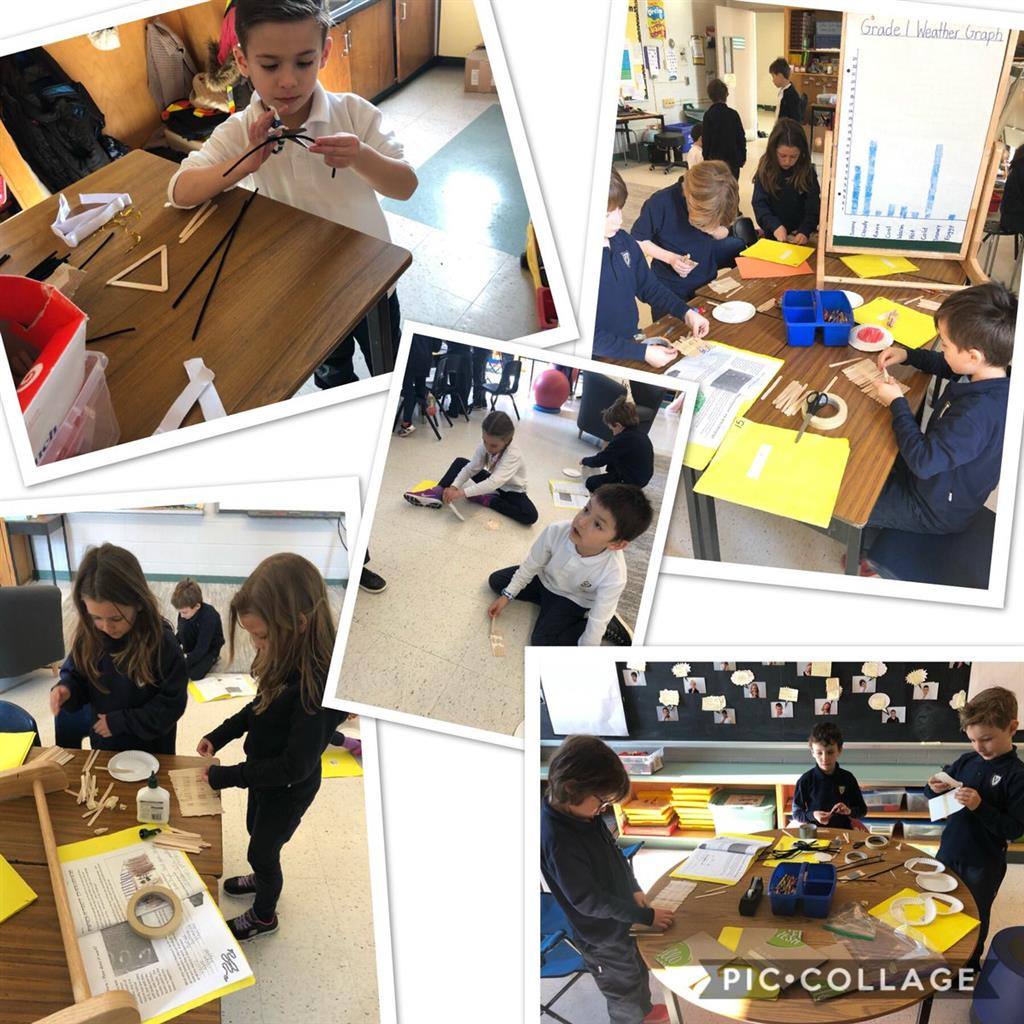“Where do you get your inspiration for STEM lessons and activities?” a colleague asked me last week. The seeds of great ideas are all around us. One approach involves searching through my blog subscriptions. In this blog entry, I’ll share a few STEM ideas from various sources.
 (Image: Design robotic hands to pick up a ping pong ball in an hour. Source: Tweet)
(Image: Design robotic hands to pick up a ping pong ball in an hour. Source: Tweet)
Three Sources of Inspiration Plus One
Digging up great ideas can be tough. Here are a few ways you can find innovative STEM lesson ideas. I’ve included custom

searches for each to get you started.:
- Pinterest Perambulation: Take a walk through Pinterest and you’ll find a wealth of activities. You can search through this blog entry on DIY STEM projects for some examples. An intriguing number of images pop up, too.
- Web Search: Use a search engine and you will dig up a lot of content relevant to STEM. Unfortunately, it may not be that usable and you will wade through hundreds of pages of content just to find one or two gems.
- Twitter Hashtag Search: You can also use a Twitter search to find relevant STEM projects. A hit or miss proposition, you may still find great content. Some hashtags to start with include #STEM, #girlsinstem, #STEMPBL, and more.
Those approaches alone are phenomenal. For example, who would have thought you could find a lesson on architecture with LEGO? Consider this tweet:
Students at
@Harmony_NJ learned how strong columns and pillars can be. They did this during our Superstructures Architecture class today!
Yet another way to get inspiration is to read detailed accounts or find fresh ideas in a blog entry. I subscribe to over a thousand blogs using the QuiteRSS reader. With QuiteRSS reader for Windows (or Mac), I am able to search those blog entries for keywords like “STEM.”
STEM Idea #1: Space Station Academy
“Do you want to send your students on a space mission?” asks Monica Burns at ClassTechTips. Monica does a great job of sharing this resource. She shares that it “launches students into space to explore different STEM topics.” Students study science and engineering with the International Space Station as a platform.
The Virtual High School (a non-profit) shares these courses and information:
- Science from Space (grades 7-10) – Online elective science course teaching key STEM concepts (15 weeks, .5 credits)
- Mission to the ISS includes projects for different grade levels:
- 6-12 – Online cohort-based summer course (4 weeks)
- 4-12 – Blended course for integration into classroom instruction (10 modules)
- 4-6 – Teacher licenses for entire grades of students (10 modules)
STEM Idea #2: Stock Authentic Engagement
“Knowledge is a consequence of experience,” said Jean Piaget. Creating authentic, engaging experiences assists students in internalizing information (source: Gary Stager). The process they go through results in knowledge. How do you stock authentic, engaging experiences in your classroom or STEM lab? You could start with DIY projects like balloon-powered cars:
Testing out various models of #balloon powered #cars 🚙 🚘 #STEAM #AutonomousVehicles pic.twitter.com/abePFvOrOA
— MsTracey 🍔 (@MsETracey) March 12, 2019
The lists of what to put in your STEM lab are endless. Here is an excerpt from a few Julie Daniel Davis has recommended (I’ve made some additions):
Robots:
- Cubelets. These cubes use magnetic power to connect into larger, simple robots.
- Cue Robots. Use block coding or javascript (like MakeCode).
- Dash and Dot Robots. Use with elementary students with block coding apps like Wonder, Blockly, Go, or Path. You can use MakeCode.org, too.
- Ozobots’ Evo and Bit. Start with color coding and move to block-based coding.
- Sphero.
Mini Computers:
- Micro:bit. Microsoft’s Micro:bit can do so much and comes with rich curriculum worth checking out (free). One big benefit is that quite a few teachers and students use it given its global launch a few years ago. Check YouTube.
- Makey Makey. This facilitates learning about circuits. There are many projects you can do with it.
Other
- Merge Cubes. Jump start your students with holo-powered AR/VR.
What else would you add to your STEM-oriented classroom or lab?
STEAM challenge: Marble Run! After co-creating our success criteria and drawing up plans, we created and tested! Here are their final products. @EmilyStowePS #ESPSLLC #TVDSBLLC #STEAM pic.twitter.com/eusQnGHVce
— E Mackie (@ElliseMackie) March 20, 2019
STEM Idea #3: Make Magnet Magic
Do you keep magnets on your desk? When I was a kid, I did. I only stopped when I started valuing floppy disks and monitors. Those fears are out-dated and magnets remain a great way to teach STEM concepts. Dowling Magnets makes this point:
Magnets make the world go ‘round – almost! They’re inside microwaves, TVs, speakers, motors, trains, and more.
Dowling asserts that students need to investigate and understand how magnets work. They are “key skills in STEM and Next Generation Science Standards.” Those NGS Standards include motion, stability, forces, interactions, and more. Matter, its interaction and energy, is also included. While magnets and iPad screens don’t go well together, there are many projects to jump into with them.
Three STEM Ideas to Grow On
“I need some help and guidance. I have money to spend. What should I spend it on?” Answering this question can be tough. Some may want to jump in and buy expensive 3D printers, iPads, and LEGO Robots like EV3 or WeDo. Those may be a great start. I hope this blog entry offers some options and resources you can use to grow your STEM program.
References
Feature Image. STEM Architecture. Available online via Twitter.

